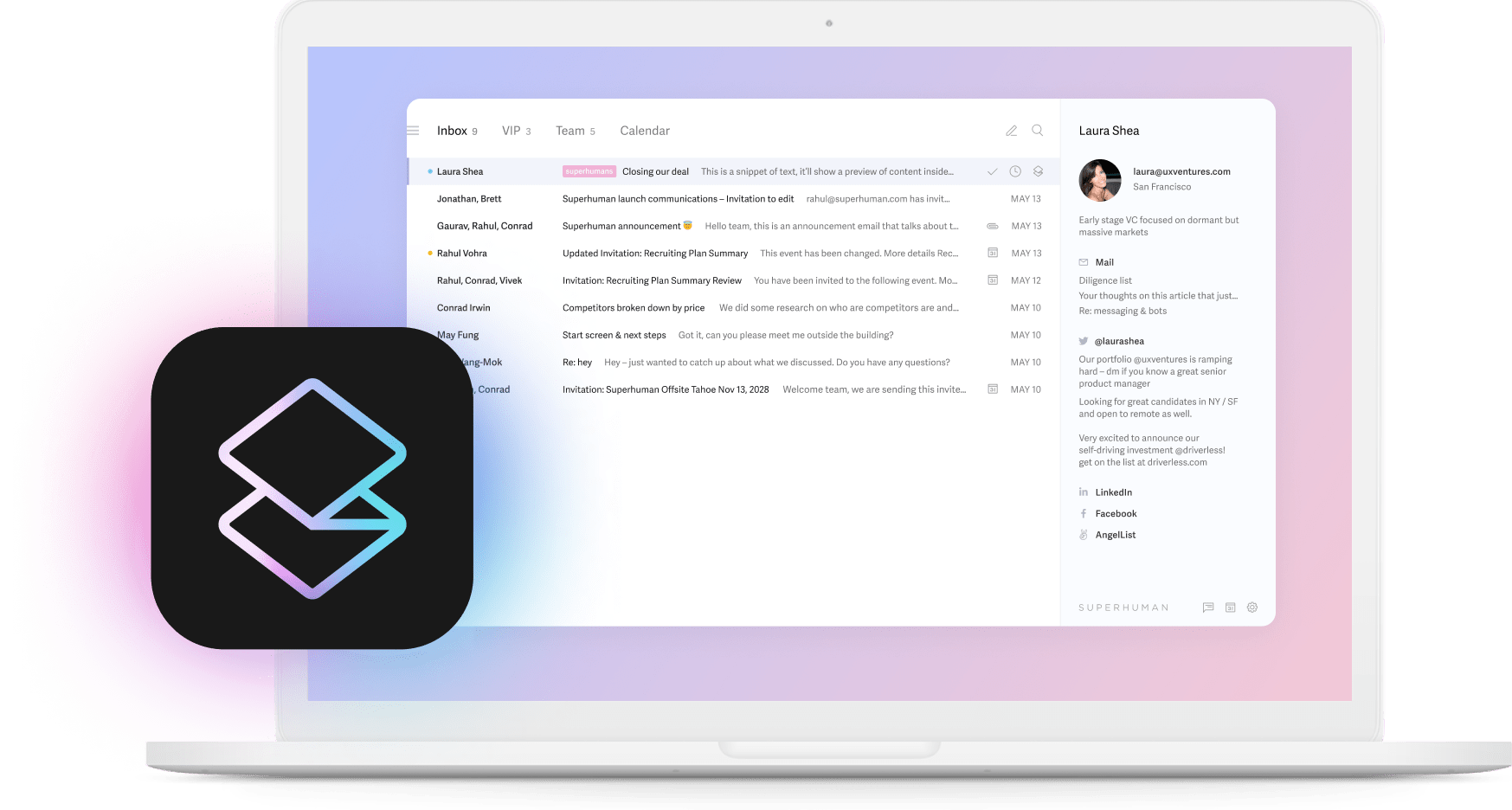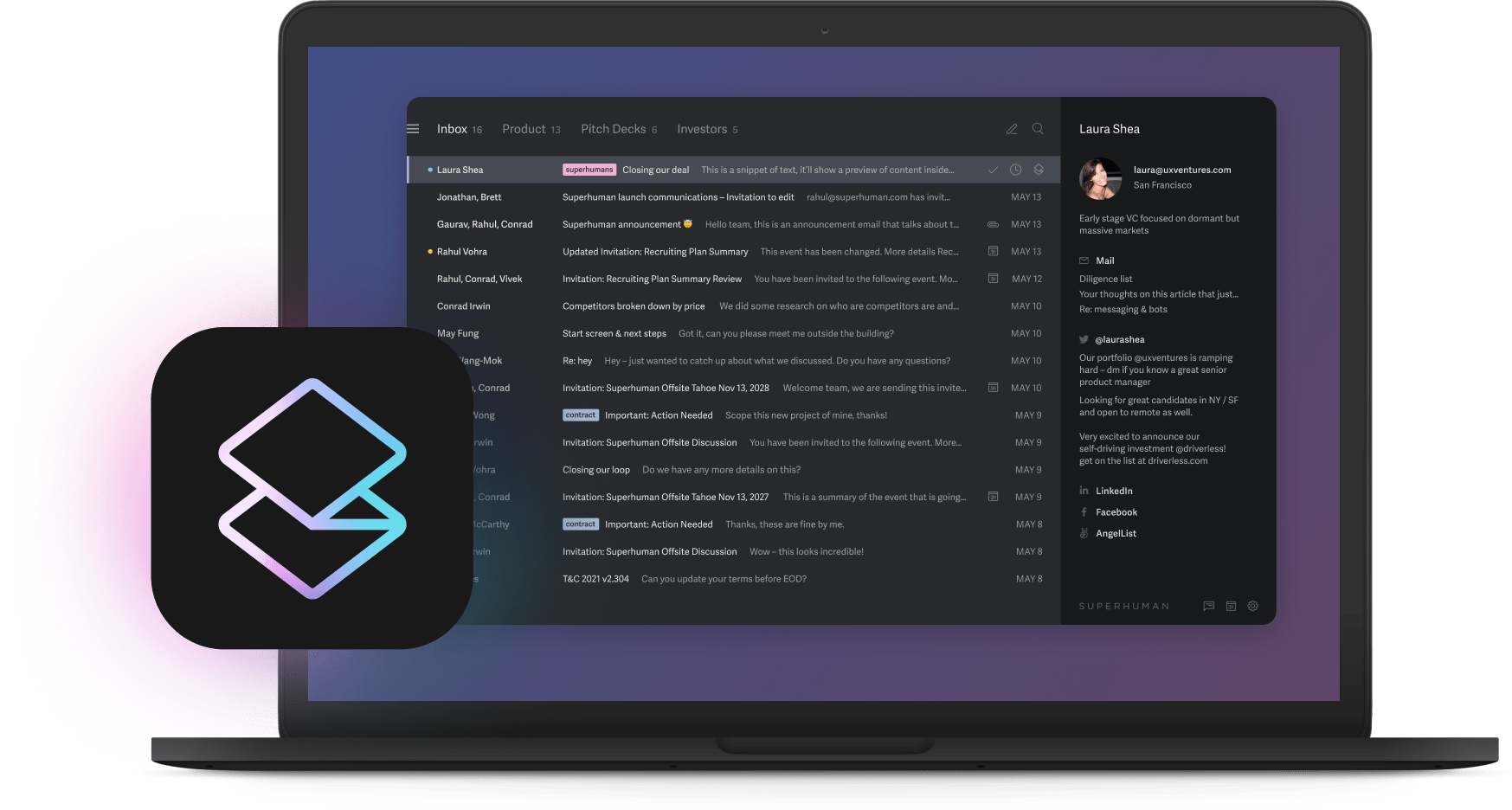
Your sales team just closed a big deal, but now someone has to manually update 12 different systems with the client information. Your finance team spends every Friday afternoon copying data between spreadsheets to create board reports. Your customer success manager knows a client is about to churn, but the renewal process is stuck in email chains between four departments.
Here's what's frustrating: the technology to fix these problems exists right now. Intelligent process automation tools make decisions, handle exceptions, and get smarter over time. They've moved far beyond the simple scripts of old automation software.
The challenge isn't finding these tools. The challenge is knowing which ones solve your specific problems without creating new headaches.
We've tested dozens of intelligent process automation tools with fast growing companies. Here are the 10 that consistently deliver results, organized by the type of impact they create for your business.
How to think about automation tools
Most companies approach automation backwards. They pick a tool first, then figure out what to automate. This leads to expensive implementations that automate the wrong things.
Start with your biggest operational pain point instead. Here's how to match your situation to the right tool category:
Game changers: When you need to transform entire operations
Use when:
- You process more than 1,000 customer transactions per month
- Manual work creates delays that cost you deals or customers
- You have dedicated IT resources or budget for 6+ month implementations
- Compliance and audit trails are regulatory requirements, not nice to haves
Quick wins: When you need immediate ROI with minimal setup
Use when:
- Teams complain about manual handoffs between departments daily
- You want business teams to own their automation without IT bottlenecks
- Budget is under $50K annually and you need results within 60 days
- Process standardization matters more than complex decision making
Specialists: When specific functions create disproportionate bottlenecks
Use when:
- One business function (email, documents, IT support) consumes excessive time
- Existing tools don't address your core operational challenge
- Deep expertise in one area creates more value than broad capabilities
- Integration requirements are straightforward and well defined
Understanding your automation journey
Most companies follow the same automation path. Understanding where you are helps determine which solutions make sense now versus later.
Stage 1: Point solutions You solve specific pain points with individual tools. Maybe your marketing team uses scheduling software, or finance has expense automation. These targeted fixes provide quick wins but create data silos.
Stage 2: Workflow integration You connect related processes across departments. Lead handoffs from marketing to sales become seamless. Customer support tickets automatically route to the right specialists. This stage reduces friction between teams.
Stage 3: Intelligent orchestration Your systems make smart decisions based on data patterns. Customer inquiries get prioritized by urgency and value. Inventory automatically adjusts based on demand forecasts. These adaptive workflows that learn and improve without human oversight.
Stage 4: Predictive automation Your systems anticipate needs and act proactively. Maintenance schedules based on equipment condition rather than calendar dates. Customer success interventions triggered before churn risk peaks.
The solutions in this guide serve different stages of this journey. Understanding your current stage and desired next step guides your selection process.
Game changers: Tools that transform operations
When three hours per day on repetitive tasks consume your team's energy, these platforms handle the complex, multi step processes that can make or break growing companies. They require bigger investments but deliver enterprise scale results.
1. UiPath
UiPath leads the automation market because it combines three powerful capabilities in one platform: process discovery that shows you what to automate, document processing that handles unstructured data, and bot building that actually does the work.
SaaS companies often use UiPath for customer onboarding automation. The platform processes contracts, sets up accounts, sends welcome emails, and creates support tickets automatically, often reducing 5 day manual processes to 2 hour automated workflows.
Best when: You process hundreds of documents monthly, need enterprise security, and have IT resources to manage implementation.
Reality check: Plan 4-6 months for meaningful automation and budget $100K+ annually for licenses and professional services.
2. Automation Anywhere
Automation Anywhere's cloud native architecture means you can start automating without complex infrastructure setup. Their Bot Insight analytics show you exactly which automations save the most time and money.
Financial services firms commonly deploy Automation Anywhere for loan application processing. The platform reads application documents, checks credit scores, validates employment, and makes approval decisions automatically, often reducing processing time from 3 weeks to 3 days.
Best when: You want enterprise capabilities without on premise infrastructure, need detailed ROI tracking, and process high volumes of unstructured documents.
Reality check: Expect 3-4 months to production and $75K+ annually for meaningful scale.
3. Pega
Pega specializes in customer engagement automation. Their AI makes real time decisions about how to interact with customers based on behavior patterns, preferences, and history across all touchpoints.
Insurance companies rely on Pega for claims processing automation. The platform analyzes claim details, checks policy coverage, detects fraud patterns, and determines settlement amounts automatically while routing complex claims to human adjusters with all relevant information pre populated.
Best when: Customer experience directly impacts revenue, you manage complex customer journeys across multiple channels, and personalization at scale creates competitive advantage.
Reality check: Requires significant customization. Budget 6-12 months and $200K+ for enterprise implementations.
Quick wins: Tools that deliver immediate value
These solutions let business teams automate processes without waiting for IT resources. They provide fast ROI with minimal technical complexity.
Professionals spend over half their workday just managing email, calendar, and messaging. That's more than 100 workdays annually just processing messages, with email alone consuming about 16.5 hours every week. Picture three hours of every workday just processing messages — that's the reality for most small business owners.
4. Superhuman
Superhuman transforms email from a productivity drain into a competitive advantage. The AI learns your writing patterns and matches your tone and voice when communicating with specific people. Split Inbox automatically prioritizes messages from colleagues and executives.
Venture capital firms turn to Superhuman to manage deal flow communication. Partners can process twice as many emails in half the time while maintaining personalized responses to entrepreneurs and limited partners.
Best when: Email volume impacts productivity, response times affect relationships or revenue, and teams need to maintain personal communication at scale.
Reality check: Teams see productivity gains within the first week. Most save 4+ hours weekly on email management.
Try Superhuman5. Kissflow
Kissflow lets business teams build workflow automation without coding. The visual process designer makes it easy to automate approval workflows, task assignments, and data collection across departments.
Marketing agencies frequently choose Kissflow for client onboarding automation. New client information flows automatically from sales to project management to accounting to creative teams, often reducing what used to require 15 emails and 3 meetings to automatic workflows with notifications at each step.
Best when: Multiple departments handle the same information, approval processes create delays, and you want business teams to own their automation.
Reality check: Most workflows launch within 2 weeks. Budget $200-500 per person monthly.
6. Zapier
Zapier connects different software tools so they can share information automatically. When something happens in one app, Zapier can trigger actions in other apps without manual intervention.
Ecommerce companies find Zapier essential for syncing customer data across multiple tools. When someone makes a purchase, Zapier updates CRM records, adds customers to email sequences, creates support tickets for high value orders, and posts notifications in Slack.
Best when: You use multiple software tools that don't talk to each other, manual data entry between systems creates errors, and you need simple automation without complex logic.
Reality check: Basic automations work within hours. Complex workflows may hit limitations requiring custom development.
Specialists: Best in class for specific functions
These tools excel at solving particular business challenges that create disproportionate operational drag across growing companies.
7. Celonis
Celonis analyzes your existing business processes to show you exactly where time and money get wasted. The process mining technology reveals bottlenecks, variations, and improvement opportunities you didn't know existed.
Manufacturing companies leverage Celonis to analyze order fulfillment processes. The platform often reveals that documented processes have dozens of variations in practice, helping companies identify which variations cause delays and standardize on the most efficient path.
Best when: You suspect hidden inefficiencies but lack data to prove it, processes vary significantly across teams, and you want to optimize before automating.
Reality check: Insights appear within weeks, but acting on them requires change management across departments.
8. ABBYY
ABBYY processes documents with 99%+ accuracy across 200+ languages. The AI extracts key information from contracts, invoices, forms, and applications automatically, eliminating manual data entry.
Legal firms depend on ABBYY for contract processing automation. The platform extracts key terms, dates, obligations, and red flag clauses automatically, then routes contracts to appropriate lawyers with summaries pre written, often reducing contract review time by 75% while improving accuracy.
Best when: You process hundreds of documents monthly, manual data entry creates bottlenecks, and accuracy matters for compliance or customer experience.
Reality check: Document processing automation typically pays for itself within 6 months through reduced labor costs.
9. WorkFusion
WorkFusion combines automation with built in compliance features essential for regulated industries. Machine learning algorithms improve accuracy over time while maintaining audit trails for every decision.
Banks implement WorkFusion for loan origination and compliance checking. The platform processes applications, verifies information, checks regulatory requirements, and flags exceptions for human review while maintaining complete audit trails.
Best when: Regulatory compliance is business critical, you need detailed audit trails, and automation must adapt to changing regulations automatically.
Reality check: Regulatory focused automation requires 6+ months for implementation but significantly reduces compliance risk.
10. Moveworks
Moveworks automates IT support using conversational AI. Employees can get help, reset passwords, request software, and resolve technical issues through natural language chat interfaces.
Technology companies adopt Moveworks to reduce IT ticket volume. The AI resolves common requests automatically and routes complex issues to appropriate specialists with context and troubleshooting steps already completed, often reducing IT tickets by 40-60%.
Best when: IT support requests consume significant time, employees need 24/7 technical assistance, and you want to scale support without adding headcount.
Reality check: Most companies see 40-60% reduction in IT tickets within 90 days of setup.
Making the right choice for your company
Your automation strategy should match your current operational maturity and business priorities. Here's how to choose:
If you're processing 500+ customer transactions monthly and have dedicated IT resources:
Start with UiPath or Automation Anywhere. These platforms handle complex scenarios and scale with growth, but require technical expertise and longer implementations.
If manual handoffs between departments create daily frustration and you need results fast:
Start with Kissflow for workflow automation or Zapier for app connections. Business teams can own these tools without IT involvement.
If email consumes 2+ hours daily for executives or impacts customer relationships:
Start with Superhuman. Email optimization delivers immediate productivity gains that compound across the entire leadership team.
If you process 200+ documents weekly or compliance requires perfect accuracy:
Start with ABBYY for document automation or WorkFusion for regulated industries. Document bottlenecks often block other improvements.
If you suspect process inefficiencies but lack data to prove it:
Start with Celonis for process mining. Understanding what to fix prevents expensive automation of broken processes.
If IT support requests consume excessive time or limit growth:
Start with Moveworks. IT automation scales support capabilities without proportional headcount increases.
Building your automation advantage
The companies implementing intelligent process automation tools today are building operational advantages that compound over time. Speed and accuracy become competitive differentiators when automation eliminates friction from critical business processes.
Success comes from choosing tools that match your specific situation rather than following generic best practices. Start with your biggest operational pain point, pick the tool designed to solve that exact problem, and expand from there.
Whether you need enterprise scale transformation or targeted efficiency improvements, the right automation tools turn operational challenges into competitive advantages. The question isn't whether to automate, but which processes to automate first and with which tools.
The companies that figure this out fastest will operate circles around their competitors. The technology is ready. The only question is how quickly you'll put it to work.





